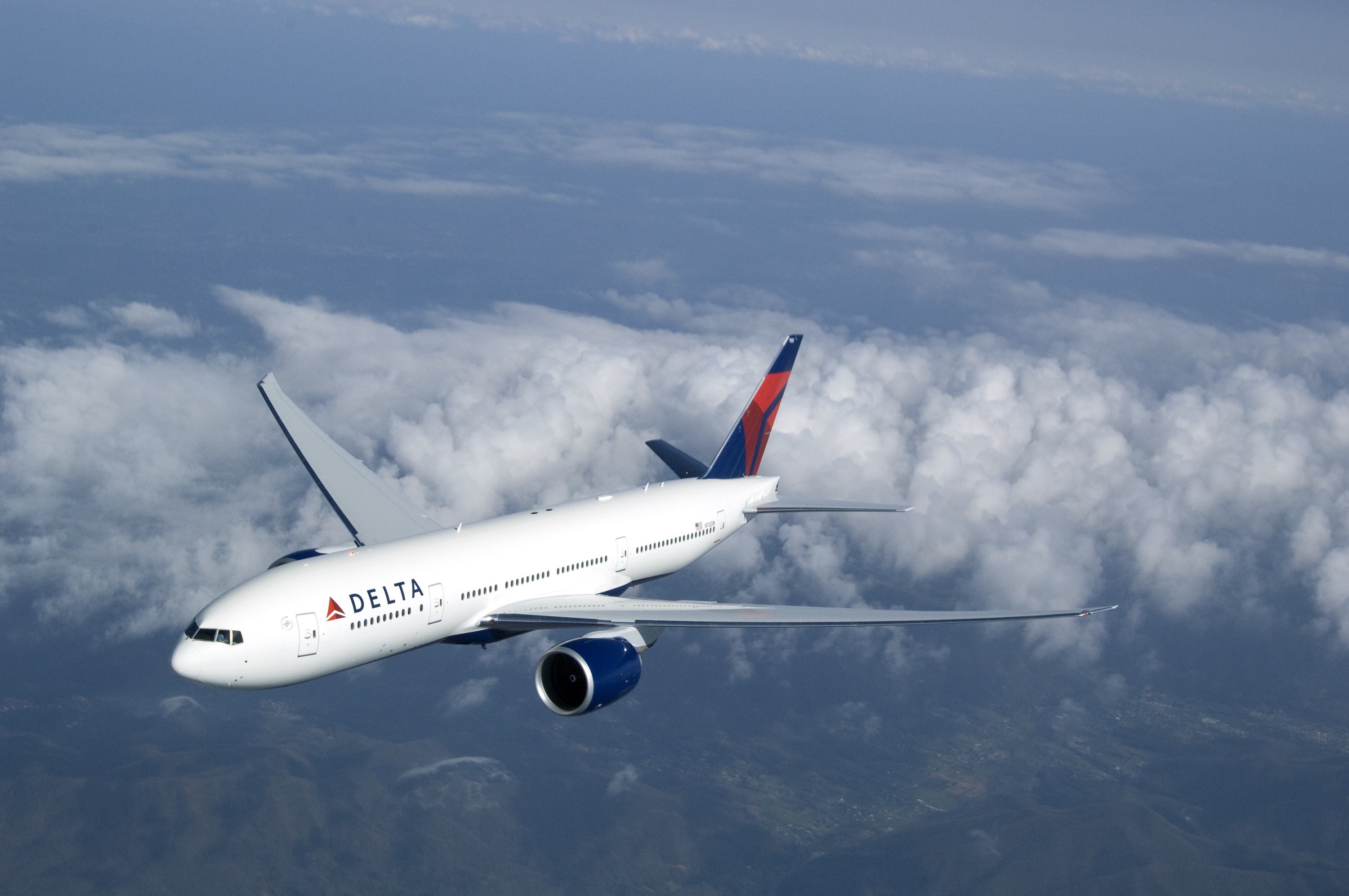This week, United joined the ranks of Delta in removing their award chart and switching to dynamically (variably) priced award redemptions. While in some cases consumers may benefit from the change, infrequent but loyal flyers are hurt the most.
If you are considering booking travel or signing up for a new credit card please click here. Both support LiveAndLetsFly.com.
If you haven’t followed us on Facebook or Instagram, add us today.
What Is a Dynamic Award Chart?
A dynamic award chart uses a combination of traditional base prices and fluctuations in capacity and load factor to determine a price for a given route. United has stated that the prices are not tied to the price of the ticket (in the way that JetBlue and Southwest are) but this is somewhat untrue.
The correlation between a ticket price increase and the load factor often run hand in hand. For example, a flight to London from New York in coach two weeks following Thanksgiving and two weeks before Christmas is not likely to sell out. Therefore, the price may drop in required point balance vs. peak summer season for the same seat and route. Prices usually run the same way but Mileage Plus points will not be tied to a fixed value.
Essentially, you will never know how much an award flight will cost until you shop it and book it. United has stated that their partner awards will not change (for now.)

Is There a Benefit?
In the smallest defense of dynamic award charts, some routes have gone down in price. Shorter distances like Boston to New York might have cost 12,500 miles one-way before but now can be as cheap as 5,000. That is a clear benefit to the customer.

Some might also point to Delta’s lower prices to Asia and Europe which have run as low as 38,000 points roundtrip. I think that’s a valid point. Delta is using their chart to get people in seats that otherwise wouldn’t fill them while clearing some liabilities off the books.
Still others would rightly comment that it’s better to have something available than nothing if you really need to fly a certain route on a certain date. If you have 100,000 Mileage Plus points and must fly from San Francisco to New York, but can’t afford the cash ticket – it’s a clear advantage to be able to use points where otherwise no award seats are offered.
Why Are Infrequent But Loyal Flyers Hurt the Most?
Lots of infrequent but loyal flyers exist. I have a friend that always flies American but may only fly twice per year. She has given nearly 100% of her business to American for a decade and while that may pale in comparison to frequent flyers, she also engages in the program through their credit card and shopping portal.
Infrequent but loyal flyers are a real thing and the airlines are undervaluing them.
Planning
With a fixed award chart, infrequent but loyal flyers had a reason to pull out their Mileage Plus credit card from their wallet. They were saving for a trip to the Bahamas or Tahiti or Dublin. Now, instead of trying to hit bench marks to achieve their goals, they don’t know where the goal posts will be and have no idea how many points they will need.
Just this morning I came across a Facebook post from a group called The Art of Travel Hacking that poses a question to members:
“What award trip did you last book or what trip are you collecting miles and points for?”
The problem is that the [redacted] member responded with a specific number of miles for their trip clearly based on a variable chart. Perhaps that number will remain stagnant but perhaps not by the time the person is ready to book. This commenter is stating an exact figure (assuming they have not already booked it) but when they go to book it could be higher or lower and if it is higher, who knows how much higher? How is the average traveler supposed to plan a vacation that way?

United and Delta would probably say, “Just earn more points and participate in the program further” but for infrequent flyers who love Delta or United, that might not be possible as it is for frequent flyers.
Account Balances
When infrequent flyers accumulate points at a rate of a few thousand per year from flying, it’s tough to make progress without a credit card. Even with a credit card, prices can jump between the planning stages to execution without notice. Lower mileage account balances make this sting even more.
Conclusion
While I am a frequent flyer with United (for now) I feel for friends, family and readers that don’t want to play roulette with their vacations and don’t have the points to absorb higher costs. That being said, for some (a few) they may benefit, especially in a recession when planes are not full and customers are needed.
>Read More: THE POWER OF POINTS IS FREEDOM, NOT JUST SAVINGS
What do you think? Are infrequent but loyal customers hurt more than others by dynamic award charts? Which routes do you think will decrease and which will increase in cost the most?




It sounds like the commenter is noting the last trip they booked (and have yet to fly), not one that they plan to book in the future. Summer is only several months away at this point, after all.
I think you’re probably right (thus the disclaimer) however, the sentiment would be the same. When my mother asks me how many Delta Skymiles she needs for a given trip (I have tried to talk with her about SkyPesos – it’s a wasted effort, I did my best) I get to respond to her, “How long is a string?” because no one ever knows. That doesn’t help her plan and it doesn’t stop me from getting calls about it, but I guess that may preview a little more of our family dynamics than apply to this post.
spot on. The dynamic award chart that Delta uses is one of the reasons I don’t fly Delta, although DL is probably the best among DL, AA, and UA. Let’s see how the UA’s new award programme will turn out.
If the infrequent flyer understood that things were changing I think this would have an effect. For most, however, I imagine they will remain blissfully unaware until they decide to start planning for their next summer European vacation with their 61,194 miles…and discover that the landscape has changed.
I think that’s true. The inverse though is also true, if they see Delta/United award sales and book them, it may create more value for them in the program. The problem is that they would need to be pretty plugged in to do so.
There are 3 major carriers
They depend on large agencies who book business class and large corporations who book expensive tickets.
People who fly economy and spend very little don’t help an airline and an airline doesn’t owe them anything in return unfortunately.
You will all deal with it, myself included.
I appreciate what you’re saying and agree with some of it, but would remind you that 83% of American’s business (and likely the other big 3) comes from people who won’t fly the carrier twice in the same year. That doesn’t mean they aren’t loyal and don’t give the company lots of business in the form of affinity credit card revenue – I know many people that fit this category.
I would postulate that it is the infrequent but loyal travelers that are more valuable to carriers (despite your factual statements regarding bookings) because they comprise the lion’s share of travelers (though just 50% of revenue) but perhaps even more of the partnership marketing.
Of all of the millions of bookings American is selling – they aren’t making money on flying. When I pay for a business trip I don’t pull out my United nor my American credit card. So in the case of American, if they aren’t making money on flying, and they need credit card revenue to keep the doors open (the others make money but it’s outshined by the banks too) then it doesn’t matter how many agencies book tickets – that doesn’t positively affect the bottomline and they aren’t making money on the affinity side from those transactions. It’s the mother of three trying to get her family a vacation one grocery store visit at a time – and it’s she (and the many others like her) that will be most negatively affected by the removal of award charts but the likes of United and Delta.
I hate to point this out: if you are an infrequent flyer, from the point of view of the airlines, you cannot be a “loyal” flyer. Corporations see nothing but money. They don’t know that you never fly with another airline. They only know that you fly only one or twice a year. And if you fly so infrequently, your loyalty is only your own wishful thinking.
IMO, if one fly infrequently, stop being “loyal”. You don’t have to be loyal to the airline, but you have to be loyal to your wallet.
But they are being loyal to the airline through their wallet. Plenty of infrequent flyers put every cent they can on affinity credit cards and would never dream of flying another carrier but just don’t travel for work. And that business outsizes flying customers who do not have the same financial relationship with the carrier.
Totally agree with Toys Samurai! I used to be that loyal, infrequent customer with the credit card for that airline. My loyalty didn’t pay off so now I have an affinity credit card with my favorite retailer and fly based on price/preference. How the airline should view my business, to Kyle’s follow up point, is irrelevant to me if it differs from how they are viewing me.
@ Kyle — I disagree. Let’s call this what it is — default on an obligation (similar to a pension plan default) to increase the company’s value on its balance sheet. The more miles you have, the more you lose. This hurts long-term elite flyers with high balances the most. Long-term, the airlines will keep coming back for more until miles are worthless and the companies are bankrupt. Just watch.
I am probably not like most of the readership of this blog in how I use miles, so I actually see this change as a potential benefit.
I earn miles via flying for work (maybe 120-150K per year). When I redeem miles I mostly use them for domestic trips for my family of 4 to go visit other family. I’m not looking for international business class value. Short routes but too long to drive (12+ hours). I want DEN->PDX for 7.5K miles one way per person. DEN->SLC for 5K. I work from home when I’m not traveling so I can fly out on a Wednesday and come back on a Monday if I have to. All in all, for my travel, I’m hoping this goes well!
This is worst for the average family who wants to use miles over summer holidays, spring break, thanksgiving or Christmas. Those awards will cost you way more now.
Maybe not, depending on what you’re looking for, and your definition of “way more”. I’m guessing the airlines are betting that most of those families will be using their miles for coach. If I pull up a random date in July for a one way from DFW to AMS, AA charges 30k for a Saver award (yes, amazingly, there actually is a seat available on the nonstop), while DL, the worst offender in the dynamic business, charges 44k. That’s going to sting, but perhaps it’s not a deal killer.
OTOH, if the idea was to treat the family to a one-time trip to Europe in J – yeah, good luck. DL has the audacity to charge 320k miles one way. I can pretty much guarantee you’ll soon see the same “enhancements” coming to UA and eventually AA.
I think the only thing to do is drop the AA credit cards we have paid fees to for years and find cards that will provide a better value to us lowly loyal frequent flyers that fly his family around twice a year.
As a 1MM member who burned all his miles, but is sitting on a load of UR points, this may actually be good for me.
I have an infant, so using united miles for international business/first is out – I go for cheap tickets or airlines that charge a flat fee for infant mileage redemptions.
For domestic tickets, I wanted to use United miles, but the close in booking fee and 10,000 minimum points for short hops usually meant I was better off paying cash anyway.
The only thing I’m worried about are ski destination redemptions. Cash tickets LAX to Jackson hole and Aspen have always been very expensive, but saver awards are almost always available.
UAL will most likely drop expiration fees down the line in a customer friendly gesture which I think will negate much of the negative goodwill with the average infrequent flyer.
This change targets value arbitrageurs and honestly probably helps credit card companies aim co-brand cards for actual spending. Will the travel blogosphere be able to hawk the Southwest and JetBlue cards at the same levels as current “prime” offerings?